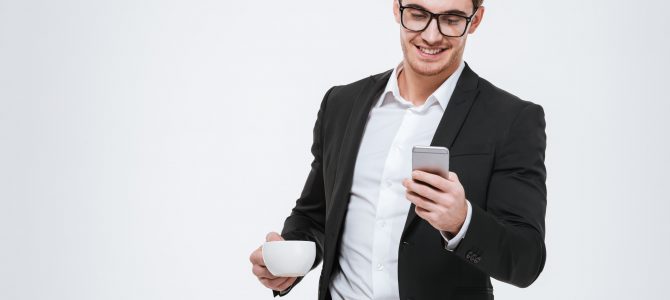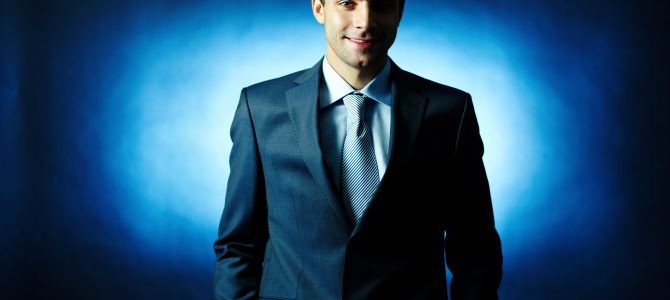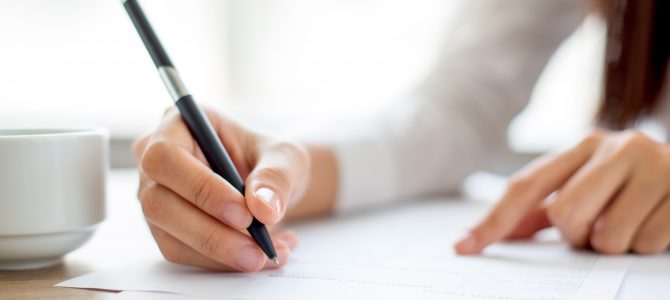When the Soviet Union’s Sputnik-I satellite launched into space in 1957, it opened up a world of new possibilities for mankind on the ground. Humans had discovered a way to escape the planet, despite past views and statements by several authorities. When Soviet astronaut Yuri Gagarin entered space and orbited the earth in the first manned space mission ever, the dream of a human in space was also realized quickly. Man’s voyages beyond the globe were thrilling, but they also meant that mankind had discovered a new dimension, a new resource to plunder.
There was a clear need for space laws to prohibit any such exploitation or hazardous behaviors associated with space. A few bodies have been established, laws have been adopted, and policies have been established to regulate human activity in space over time. In the space sector, different countries have made varying development. This article will discuss various countries’ space laws and how they have evolved in comparison to others.
The United Nations Office for Outer Space Affairs (UNOOSA) is tasked with overseeing
Given the advancements in the space sector in the United States and the Soviet Union, the United Nations Office for Outer Space Affairs (UNOOSA) was founded in 1958. The UNOOSA collaborates with all 193 UN members to ensure that there is a peaceful sharing of information about space between countries. The body’s creation is also required due to the concerns of developing countries. Many developed countries believe that space exploration and space materials can benefit them economically and that these resources should be allocated equitably among developed countries so that all countries on the planet are on the same track. UNOOSA took on a few initiatives and projects around the turn of the twenty-first century to fulfill its mandate of developing a broad and peaceful international association in space.
The International Committee on Global Navigation Satellite Systems (ICG) was established in 2005 to promote similarity, interoperability, and simplicity among all satellite navigation systems, particularly for agricultural countries. The UN-SPIDER initiative was created the next year to enable developing countries a chance to use space-based innovations for disaster, board, and crisis response. The organization is also in charge of upholding international treaties and accords relating to space law. The organization has done a good job of raising awareness through online and offline events.
VARIOUS COUNTRIES HAVE DIFFERENT SPACE LAWS.
a. The legal framework in the United States
The United States was one of the first countries to begin developing a space legal framework, and it continues to lead the world in this area. The United States has the most powerful and clear public space law and administrative system of any country when it comes to space exercises. Several countries have modeled their laws after those of the US. In addition, the government has signed four international space accords. The National Aeronautics and Space Act of 1958 established NASA and demonstrated to the rest of the world that the United States is prepared to develop and research space exploration and collect resources from space.
Commercial space launch capabilities are critical to the US for a variety of reasons. One of the six aims of the 2010 National Space Policy is to “ignite competitive domestic enterprises to engage in global markets and enhance space launch development.” Five goals were established in the 2013 National Space Transportation Policy, including promoting and maintaining a dynamic, healthy, and efficient domestic space transportation industrial base, as well as encouraging and facilitating the US commercial space transportation industry to increase its robustness and cost-effectiveness.
To the greatest extent possible, the 2013 Policy instructs agencies to purchase and use US commercial space transportation capabilities and services, as well as to facilitate various US commercial providers of space transportation services across a range of launch vehicle classes. The US has done so in a variety of ways, notably through NASA’s utilization of Space Act Agreements. Because commercial space launch capabilities are so vital, they are subject to a complex statutory and regulatory framework.
The Commercial Space Launch Competitiveness Act was signed into law by the United States in 2015. (the Act). The Act, among other things, contains provisions relating to mining procedures on divine bodies such as the Moon and space rocks. According to the Act, the President will “promote commercial inquiry into and commercial recovery of space assets by US residents” through federal offices.
Furthermore, a US resident engaged in the commercial recovery of a space rock or space asset will be eligible for any space rock asset or space asset obtained, including the right to have, own, transport, use, and sell, as per applicable law, including the US’s global commitments.’ The Act expressly authorizes US citizens to “participate in a commercial inquiry for and commercial recovery of space assets, as per the United States’ international responsibilities, and subject to permission and administration by the Federal Government.”
Because of its long history of space study and achievement in space travel, the United States has one of the most comprehensive legal systems in the world. Another significant achievement in this subject is the successful commercialization of space exploration by the United States. The country attempted to privatize land remote sensing in the past, but it did not work out. In terms of legal frameworks, the country has served as a model for others to follow, and it continues to do so.
b. The legal framework for space in the United Kingdom
Another country that has done well in the field of space and has a decent legal structure for it in the United Kingdom. Even though the government has not been as successful as others in carrying out its space activities, its legal regulations have performed admirably and are well-framed. The United Kingdom Space Agency (UKSA), which was founded in 2010, is the agency in charge of space affairs in the UK. The British National Space Centre was superseded by the agency. The English government’s space activities are described by two legal systems. The Outer Space Act of 1986, which is an instant application of international standards in English law, was prompted by international agreements in which the United Kingdom participated.
The 1986 Act paves the way for the United Kingdom to regulate the use of outer space and the activities carried out there by organizations or individuals under its jurisdiction. As a result, this legislation is prompted by the points and standards established in the United Nations’ space agreements, similar to the 1967 Outer Space Treaty.
The Outer Space Act is extremely important to the United Kingdom because it allows the country to conduct its activities by international law. It also creates a safety net around general well-being and addresses the question of the UK government’s liability for injury. Aside from that, it establishes a standard that must be followed. You should apply for an OSA license if you need to dispatch or work a space piece, or if you need to complete any activity in space.
The convention established the Traffic Signal Framework (TLS): by emitting a specified tone – red, golden, or green – the individual or organization asking for the license will be able to determine the possibility of their application being approved. When the license is valid, the licensee must adhere to several obligations, including refraining from sullying space, attempting to avoid interfering with other people’s space activities, avoiding any breach of the UK’s international commitments, and safeguarding the public safety of the United Kingdom as well as protecting themselves from outsider liabilities.
The Space Industry Act of 2018 establishes procedures for space and suborbital operations, as well as for related reasons. It further specifies that all offenses that would be an offense in the ward (the United Kingdom) will be an offense in any space developed from this country. This is similar to the arrangements in place for boats and planes.
The act also covers requirements such as spaceflight authorization, security requirements, and health and safety responsibilities, which have become increasingly important in the age of SpaceX and Virgin Galactic, where space is no longer an inaccessible frontier, but one poised to be popularised in ways never seen before.
The Act is necessary for the Government’s Mechanical System, which entails transforming the UK’s small satellite manufacturing industry into a global hub for satellite activity and innovation – with access to space. They ensure that numerous extraordinarily brilliant positions will be created, as well as billions of dollars in economic limits. The development of small satellite capacity and moderateness indicates that a growing business sector for low-cost private dispatch offices is emerging, and it is hoped that the Space Business Act would foster the events and speculation required for the UK’s first spaceport.
c. Indian space legislation
India’s space agency, ISRO, is one of the largest in the world, yet it lacks a well-defined legislative framework. India is a signatory to five international treaties, including the Moon Treaty of 1979.
India has several policies in place that are observed throughout space exploration activities on a national level. ISRO’s technology policy is a well-defined and methodical approach for exchanging knowledge about improvements and items developed by Indian Space Places to support Indian ventures and their application in the commercial sphere connected to various space undertakings. The Remote Sensing Data Policy of 2011 applies to all acts related to getting, disseminating, and executing far-flung detecting information in the context of formative operations, as defined within the scope of the method.
The approach’s purpose is to encourage clients to share high-value information that is needed for formative activities. Furthermore, the Satellite Communication Act of 1997 was adopted to regulate and enhance satellite communications. ISRO has approved the formation of IN-SPACe, which is intended to bring commercial businesses into the space industry and raise awareness about space activities. It is important to note that, in addition to IN-SPACe, the government has established two separate organizations, namely New Space India Limited (NSIL) and Antrix Corporation Limited (ACL), to promote the development of Indian space enterprises and advance space exercises, NSIL capacities under DoS regulatory control, and means to industrially use ISRO and other DoS constituent units’ innovative work. ACL, on the other hand, has comparable capabilities.
The public was given access to the draught Space Activities Bill in 2017, although it has yet to become operational law. Articles 51 and 253 of the Indian Constitution call for the promotion of world peace, and any space legislation proposed by the Indian government must adhere to these two principles. India requires a strong legal framework to join the elite organizations at the top.
CONCLUDING…The article discussed the space legal framework in the United States, the United Kingdom, and India, three of the world’s most powerful democracies. The US has a fairly balanced and well-developed legal system for space activities, whereas the UK, despite having a competent legal framework for outer space activities, nonetheless falls short in several respects, which is partly because it lags behind other major countries’ space agencies. India, on the other hand, is considered distinct from both the United Kingdom and the United States because of its lack of developed legal workarounds for space activities.





